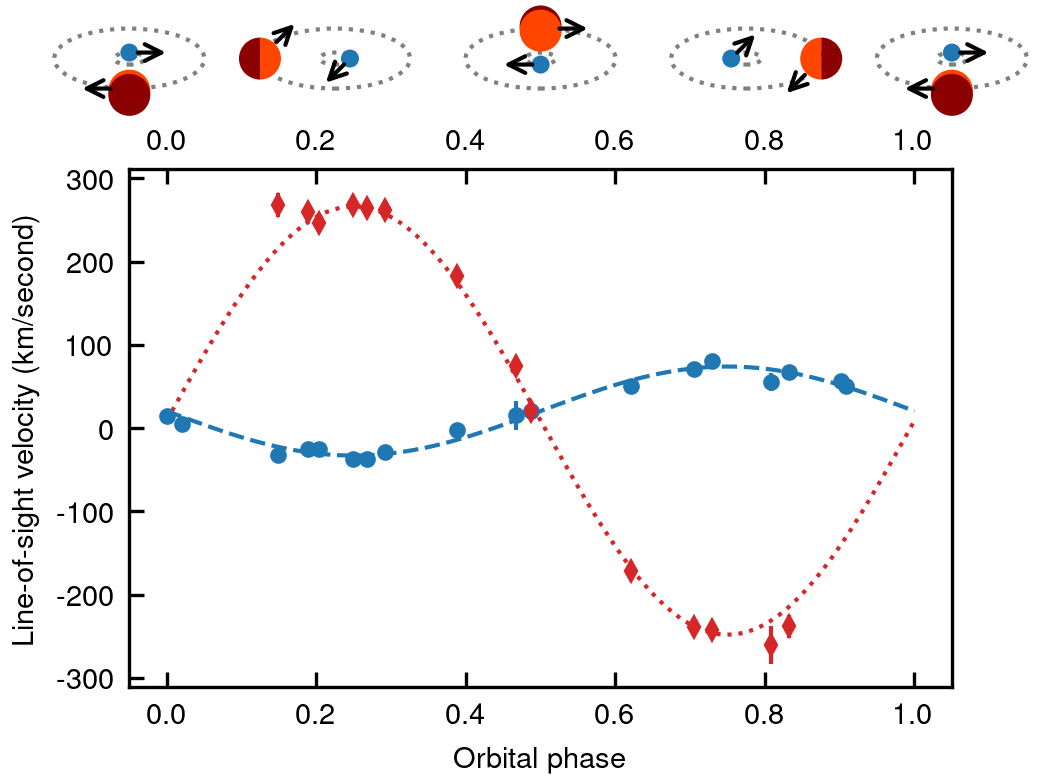An irradiated-Jupiter analogue hotter than the Sun

Planets orbiting close to hot stars experience intense extreme-ultraviolet radiation, potentially leading to atmosphere evaporation and to thermal dissociation of molecules. However, this extreme regime remains mainly unexplored due to observational challenges. Only a single known ultra-hot giant planet, KELT-9b, receives enough ultraviolet radiation for molecular dissociation, with a day-side temperature of ~4,600K. An alternative approach uses irradiated brown dwarfs as hot-Jupiter analogues. With atmospheres and radii similar to those of giant planets brown dwarfs orbiting close to hot Earth-sized white dwarf stars can be directly detected above the glare of the star. Here we report observations revealing an extremely irradiated low-mass companion to the hot white dwarf WD 0032–317. Our analysis indicates a day-side temperature of ~8,000K, and a day-to-night temperature difference of ~6,000K. The amount of extreme-ultraviolet radiation (with wavelengths 100–912Å) received by WD 0032–317B is equivalent to that received by planets orbiting close to stars as hot as late B-type stars, and about 5,600 times higher than that of KELT-9b. With a mass of ~75–88 Jupiter masses, this near-hydrogen-burning-limit object is potentially one of the most massive brown dwarfs known.
For further reading:
- Na'ama Hallakoun, Dan Maoz, Alina G. Istrate, Carles Badenes, Elmé Breedt, Boris T. Gänsicke, Saurabh W. Jha, Bruno Leibundgut, Filippo Mannucci, Thomas R. Marsh, Gijs Nelemans, Ferdinando Patat, and Alberto Rebassa-Mansergas "An irradiated-Jupiter analogue hotter than the Sun" 2023, Nature Astronomy, 7, 1329